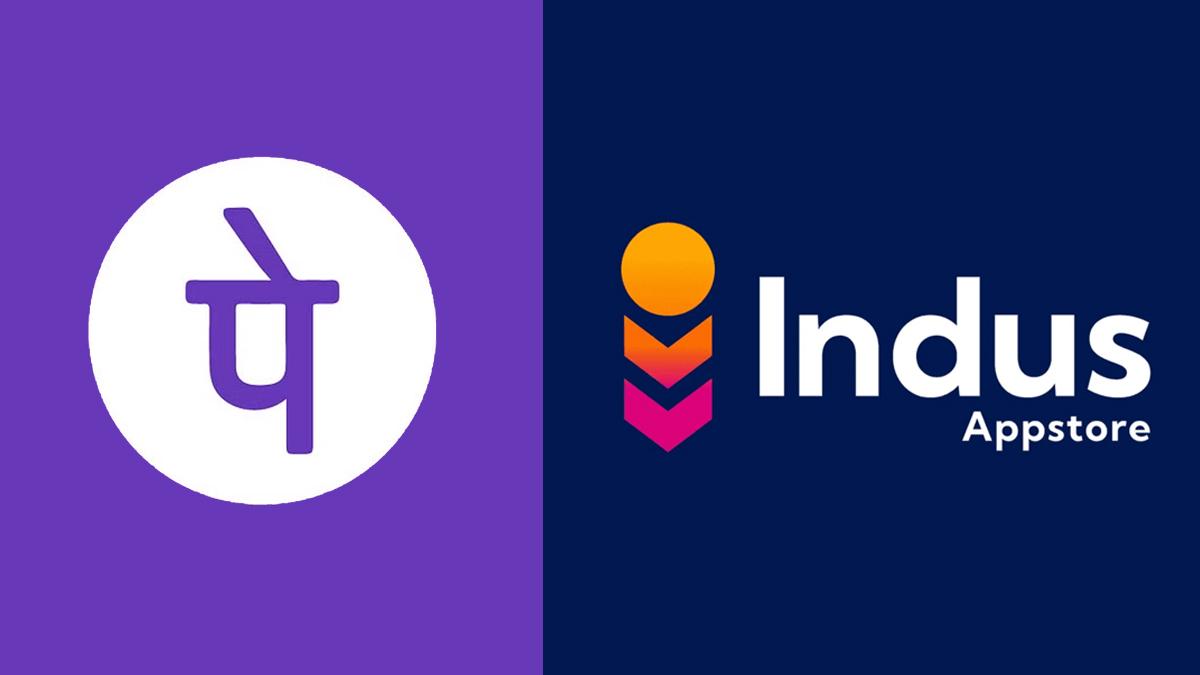Estimated reading time: 3 minutes
217 Views
Creating a web app for a website can seem like a daunting task, but with the right tools and resources, it can be a relatively simple process. In this article, we will walk you through the process of creating a web app using HTML, CSS, and JavaScript.
Planning and Designing Your Web App
Before you start coding, it’s important to plan and design your web app. This includes defining the features, functionality, and user interface of your app. You can use tools like Figma or Adobe XD to create wireframes and prototypes of your app.
Setting Up Your Development Environment
To create a web app, you will need a text editor, a web browser, and a local server. You can use any text editor, but we recommend using Visual Studio Code. For the local server, you can use XAMPP or WAMP.
Creating Your HTML File
Once you have your development environment set up, you can start coding your HTML file. The HTML file is the foundation of your web app and includes the structure of your app. Here’s an example of what your HTML file might look like:
<!DOCTYPE html>
<html>
<head>
<title>My Web App</title>
<meta name="viewport" content="width=device-width, initial-scale=1">
<link rel="stylesheet" href="style.css">
</head>
<body>
<header>
<h1>My Web App</h1>
</header>
<main>
<p>Welcome to my web app!</p>
</main>
<footer>
<p>© 2023 My Web App</p>
</footer>
<script src="script.js"></script>
</body>
</html>
Styling Your Web App with CSSNext, you can add styles to your web app using CSS. CSS allows you to control the visual appearance of your web app. Here's an example of what your CSS file might look like: body { font-family: Arial, sans-serif; margin: 0;}
header { background-color: #333; color: #fff; padding: 10px;}
main { padding: 20px;}
footer { background-color: #333; color: #fff; padding: 10px; text-align: center;}
Adding Interactivity with JavaScriptFinally, you can add interactivity to your web app using JavaScript. JavaScript allows you to create dynamic and responsive web apps. Here's an example of what your JavaScript file might look like:
const welcomeMessage = document.querySelector('p');
welcomeMessage.addEventListener('click', () => { alert('Welcome to my web app!');});
Hosting Your Web AppOnce you have created your web app, you can host it on a web server. There are many web hosting providers available, such as Bluehost, HostGator, and GoDaddy.In conclusion, creating a web app for a website involves planning, designing, coding, and hosting your app. By following the steps outlined in this article, you can create a functional and visually appealing web app using HTML, CSS, and JavaScript.
For the latest tech news and reviews, follow Rohit Auddy on Twitter, Facebook, and Google News.
For the latest tech news and reviews, follow Rohit Auddy on Twitter, Facebook, and Google News.




